Story and photographs by Richard Frisbie
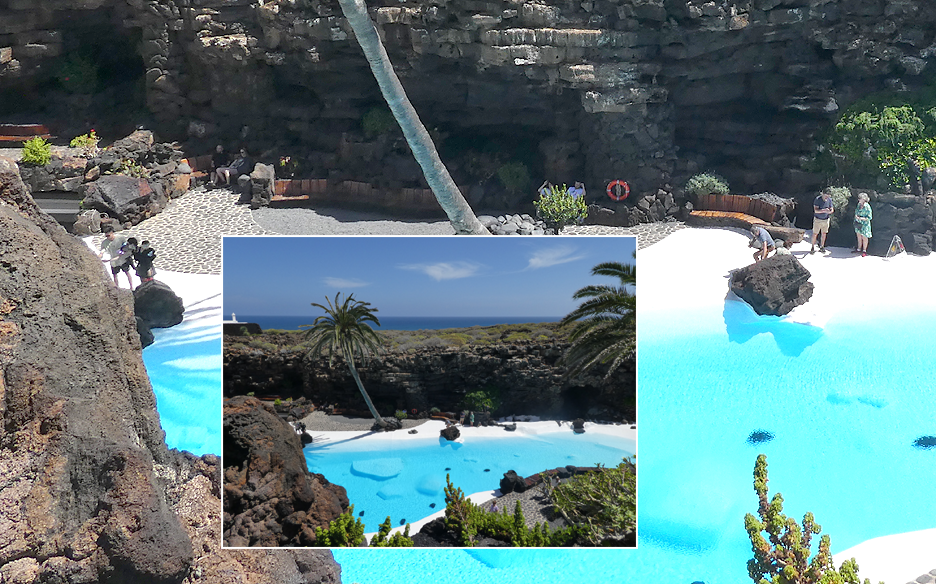
The Canary Island of Lanzarote is a UN recognized Globally Important Agricultural Heritage System and a UNESCO designated Biosphere Reserve. But I know it from a previous visit as a party island with barren lava and volcanic ash landscape and some gorgeous beaches. This trip I vowed to reconcile the world view with my own admittedly narrow tourist vision, to experience the history and culture I had missed before.
Noche del Fuego (Night of Fire)

Driving north to Haria to participate in the solstice ritual of San Juan Bautista Festival was remarkable for the number of fires we passed. Even the horizon was dotted with smoke plumes as if Lanzarote’s hundreds of dormant volcanoes had come alive for this special night. It seemed everyone had a bonfire of combustibles they’d been collecting for the year. Tradition has it that these fires consume all the wrongs and worries of the year as well. Just write them down and throw them into the flames. As with most Spanish holidays, feasting, dancing, and fireworks occur around the pyre, the evening rocks! Dawn brings the newness of the season, a clean slate, and – for some – blurred memories of the evening’s reveries.
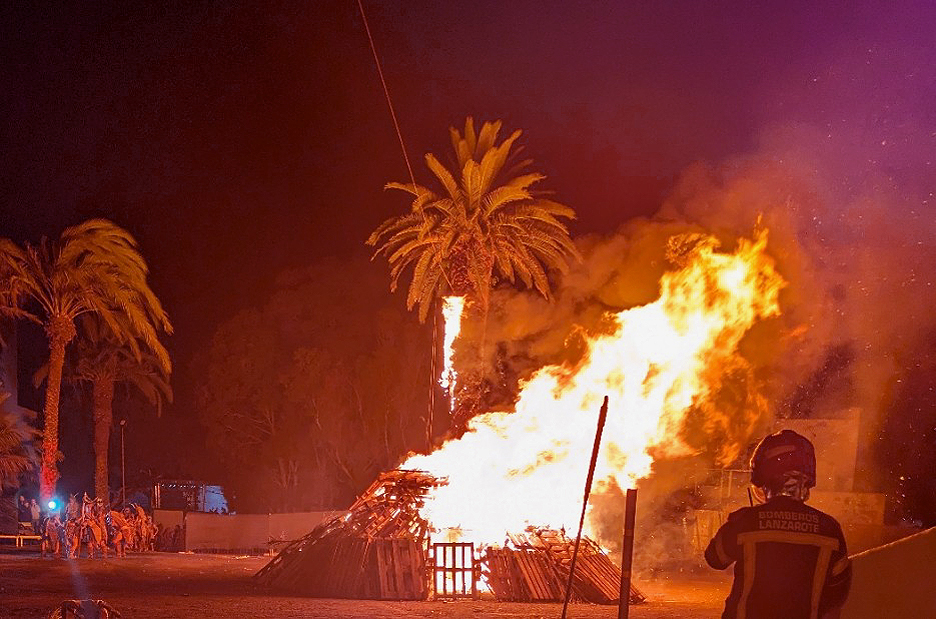
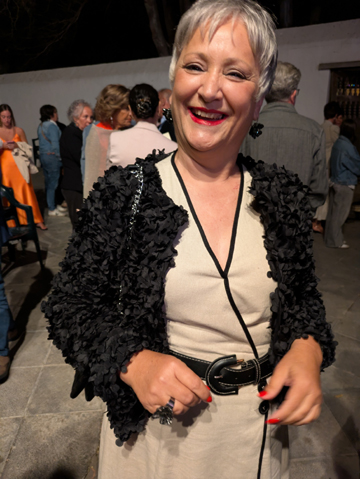
And while every community and household have their own bonfire celebration, locals from across the island follow the flames, like moths, to Haria, which has the largest “Night of San Juan” spectacle. We were the only tourists there. After the long-winded speeches politicians love and constituents must endure, the festivities began with a bombardment of fireworks heralding the arrival of a primitive-looking band of creatures in horned masks called the “Devils of Haria”. To ominous goosebump-inducing music they danced onto the field and around the pile of wood. An effigy called Facundo, representing all the ills of the world, was tossed on top as flames hungrily licked the edges, climbing higher as the effigy was strung up, hanging in strange-fruit fashion over the fast-growing fire. And as the fire-dancing and eerie music continued, Facundo was consumed by the flames, the crowd cheered, and the burdens of the past year were lifted. It was symbolic, it was visceral, and it had an ageless depth of meaning not to be ignored. I felt as one with the community, not an onlooker at all. And I hesitate to tell you about it now because the purity will be lost when the celebrants swell from hundreds to thousands, as this small-town festival is devoured by the tourism juggernaut that is so devastating elsewhere.
That said, Nuria Acuña asked me to say that if you find yourself in Lanzarote on the June solstice, the San Juan Bautista Festival in Haria should not be missed.
Cueva de Los Verdes (The Cave of the Verdes, or Verdes Cave)
During the 16th and 17th centuries North African Berber Pirates were a plague on the Canary Islands. Fortifications and lookouts can still be seen along the coasts to warn of and protect the islanders from their assault. On Lanzarote, a family called Verdes had a farm in the vast volcanic landscape of the North of the island. There they sheltered their livestock in one of the many lava tubes common to Lanzarote.

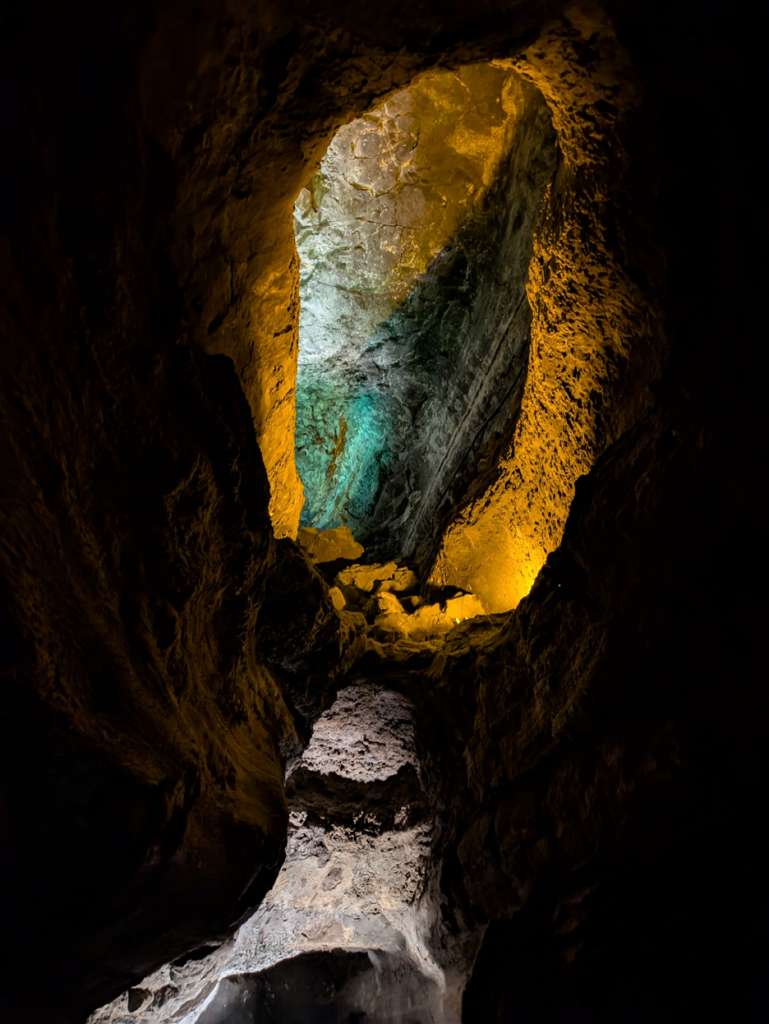
But while these other lava tubes and jameos (exposed lava tube chambers) have been developed into polished tourist destinations throughout Lanzarote, the Verdes Cave is much as it was when islanders and their livestock hid from the pirates in them. Sure, stairs and handrails have been installed in most places, and dramatic lighting highlights the beauty and surprises to be encountered, but it is nothing like the homogenized, saccharin rides of modern cave experiences. Verdes Cave still retains a raw edginess, places where the unwary or unsteady could disappear, and enough low, jutting boulders to make me wish for a helmet. This lack of polish raised the level of excitement of cave exploration to non-touristy heights. I even scared myself once or twice! Go. The cave is dramatically lit and beautiful – well worth your visit.
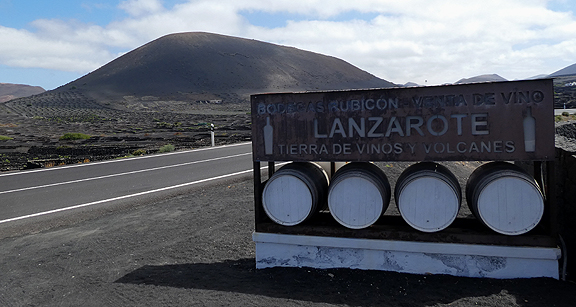
Tierra de Vinos Y Volcanes (Land of Wine and Volcanos)
On Lanzarote, in Volcanos National Park, the protected landscape of La Geria is home to many bodegas, or wineries. They exhibit the typical architecture of Lanzarote – low one- and two-story, white stucco and stone houses with few windows, all small, to keep the intense sunlight out, with all trim painted either green (for agriculture) or blue (for the sea.) Around them the ancient expanse of volcanic ash is literally pockmarked with depressions, each with a low semicircular volcanic rock wall to break the wind, and each planted mostly with grapes along with a few fruit trees. The sea breeze carries moisture which condenses on the rock and ash to provide the only water for the plants in this nearly rainless environment. I explored this harsh landscape during a visit to Finca Testeina to taste their Vega de Yuco wines.

My young guide, Marco, a blonde and blue-eyed Northern Italian, was a refreshing sight in his skinny jeans and burnished smile, and a most knowledgeable budding wine maker in his own right. We had a good walk among the vines and fruit trees – there were even some palm trees scattered about – as he explained grape cultivation and the protracted harvest they were experiencing due to climate change. He pointed out that some grapes had just formed while others on the same vine were almost ready to pick, making for a longer harvest, if not necessarily a more productive one. “It doesn’t mean twice as many grapes,” he offered, “but often fewer.” A vintner’s problems never end.
Besides a warming climate, Lanzarote is the island of rabbits, overpopulated with a potentially crop-ruining “fluffle” of bunnies. The folks at Finca Testeina have staked out supposedly rabbit-deterring plastic bottles cut to flap and rattle in the wind. Marco said that they also have rabbit hunts, and I was served rabbit for dinner at least once during my island visit. Their efforts seem to be effective because I saw no live rabbits during my stay.
The real surprise of my visit was the wine tasting itself. I’ve been to so many wine tastings, but Marco pulled a twist I didn’t see coming. He paired our wine with chocolate for the most unusual tasting I’ve ever had. I’m that rare person – I’m not a chocolate lover. I’ll only eat white chocolate. So, I was pleased to see the Vega de Yuco white wine “Yaiza Blanco” paired with white chocolate. Tasting the wine both before and after tasting the chocolate was a revelation. The Yaiza Blanco, made from the Malvasia Volcanica grape, was fine on its own, eminently drinkable, with delicious nutty\fruity flavors that lingered longer after tasting the chocolate than before. Pairing both my favorites, white wine and white chocolate worked beautifully.
Surprisingly, Yazia Tinto, the Vega de Yuco red wine made from the native Listan Negro grape, when paired with the dark chocolate made my two least favorite foods taste good. The pairing worked spectacularly. And, if – unlike me – you like red wine, you will thoroughly enjoy the Yazia Tinto even without the chocolate. Thanks to Marco and the talented folks at Finca Testeina for opening my eyes to new possibilities.
Bonfires and Skinny-dipping
Now, don’t get me wrong. There is still plenty of hedonistic pleasure to be enjoyed on Lanzarote. Even the solstice ritual of San Juan Bautista Festival includes bonfires and skinny-dipping on the beach for the first swim of Summer. It’s just that you can return from this island visit with so much more than a hangover and a sunburn. Rub elbows with the locals, learn their history and culture, appreciate how their architecture and viticulture is shaped by such a harsh environment. Then pack a few bottles of Yazia Blanco in your dry swimming gear and check your “Lanzarote luggage” straight through to your home airport. That way you can taste and revisit your memories when you get back to the USA.
- Noche del Fuego (Night of Fire)
- Cueva de Los Verdes – tickets for timed entry must be purchased in advance online.
- Vega de Yuco Winery Soon to be available in the US.
- Princess Yaiza Suite Hotel 5 – Resort Named Best Family Resort in Spain.



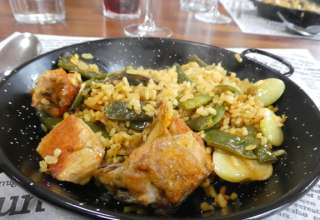
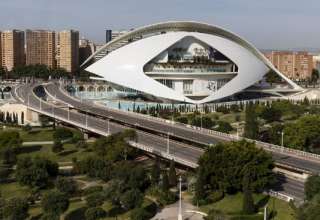
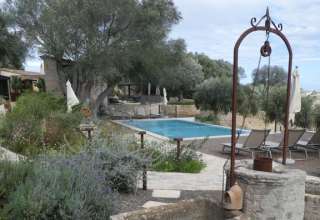




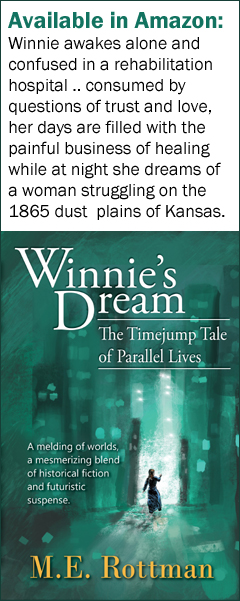

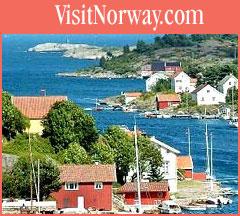
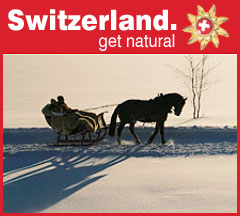



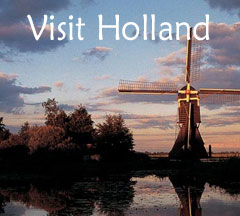



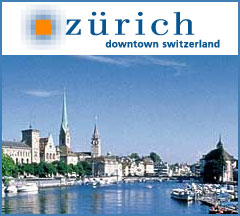
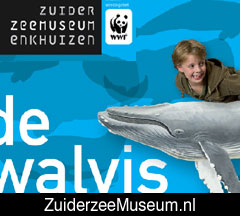
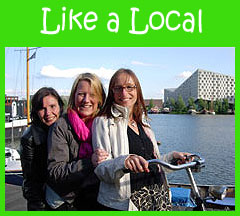











Richard Frisbie
October 25, 2025 at 1:42 pm
If you would like to see a 2 minute video of what I mention in the article please follow the link to my YouTube page: https://www.youtube.com/watch?v=qjFjPLtp6Ug